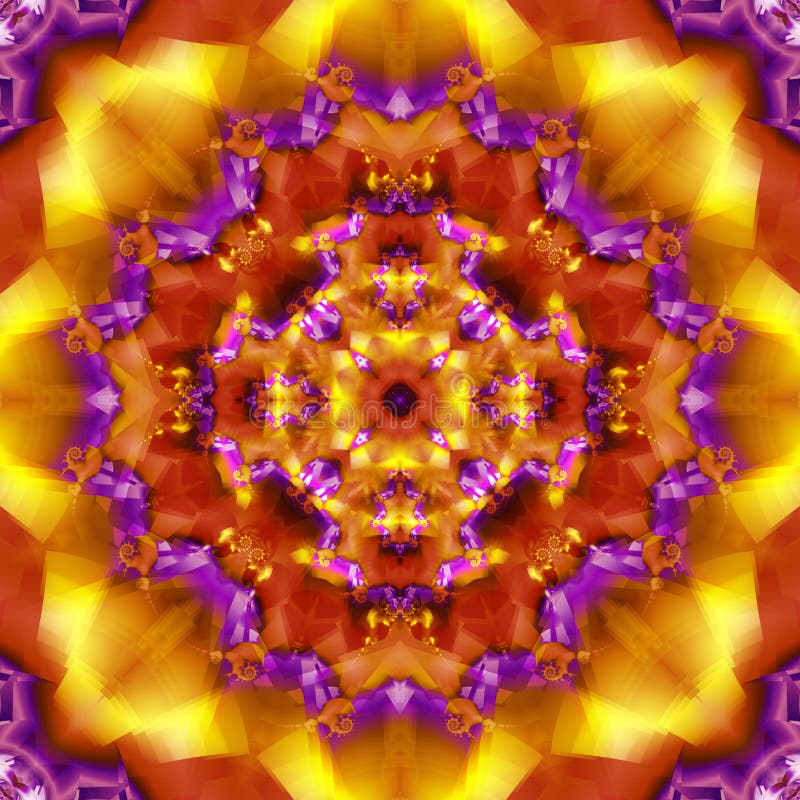
Over an individual’s life, the three parameters shift, with one parameter moving to the foreground and intensifying in strength as it takes priority at that time. One parameter, however, usually takes priority this parameter has greater influence in shaping an individual’s career decisions or transitions at that point in time. All three parameters are always active throughout the life span, and all influence decision-making. Challenge includes career advancement, often measured as intrinsic or extrinsic success. Challenge is an individual’s need for stimulating work that is high in responsibility, control, and/or autonomy. Nonwork life aspects are defined broadly to include not only spouse/partners and children but also parents, siblings, elderly relatives, friends, the community, personal interests, and hobbies. Balance is an individual’s need to achieve an equilibrium between the work and nonwork aspects of life. People seek alignment between their values and their behaviors. Authenticity is an individual’s need to make choices that reflect their true self. The ABCs of the KCM are authenticity, balance, and challenge. Individuals examine the choices and options available to create the best fit among various work demands, constraints, and opportunities given their personal values and interests. As a kaleidoscope produces changing patterns when its tube is rotated and its glass chips fall into new arrangements, the KCM describes how individuals change the pattern of their careers by rotating the varied aspects of their lives to arrange their work–nonwork roles and relationships in new ways. The metaphor of a kaleidoscope was used to describe how an individual’s career alters in response to alternating needs for authenticity, balance, and challenge within a changing internal and external life context. Why not try and make your own kaleidoscope at home? With just a cardboard tube, some tinfoil, and coloured beads you can #DIY.The kaleidoscope career model (KCM) was developed by Mainiero and Sullivan in 2006 based on data from interviews, focus groups, and three surveys of over 3,000 professionals working in the United States.This triangular shaped kaleidoscope is unusual as uses a fibre optic light source with a rotating coloured disc to form the changing colours and patterns. Make sure to look through the Fibre Optic Kaleidoscope on the 5th floor.Our Kaleido-Draw on the 4th floor lets you control the fun to create your own unique, symmetrical patterns.The first is our Giant Kaleidosphere, which uses mirrors, lights and coloured patters to created continually changing and engaging patterns and shapes. We’ve several versions of kaleidoscopes at Camera Obscura.Cozy wrote six books about kaleidoscopes and curated the world’s first kaleidoscope exhibition. The ‘Kaleidoscope Renaissance’ was assisted by the work of one woman, Cozy Baker.They started gaining in popularity again in the late 1970s, due to craftmanship and technological advances.By the mid-1900s, kaleidoscopes had become mostly children’s toys, however there was a resurgence on the horizon!.This all changed with the electronic age! The kaleidoscopes popularity peaked during the Victorian era when all elegant homes had a parlour scope for family entertainment.In the 1870s, Charles Bush, an American, revitalised the kaleidoscope and became the first person to mass market the kaleidoscope.

These were reflected by mirrors or lenses set at angles which created patterns when viewed through the end of the tube.

While his invention became popular, selling over 200,000 scopes, improper patent wording allowed others to capitalise on it. David Brewster wrote two books about kaleidoscopes but never made much money from it.#DYK that the kaleidoscope was invented in 1816 by Scottish scientist Sir David Brewster? We’re not surprised, all the best inventions have been made by the Scots!.The name kaleidoscope comes from three Greek words ‘kalos’ meaning beautiful, ‘eidos’ meaning form and ‘scopos’ meaning watcher.Kaleidoscopes can be changed endlessly by rotating the section containing the loose fragments, so you’ll never be bored!.It is an optical device consisting of mirrors that reflect images of bits of coloured glass in a symmetrical geometric design through a viewer.What better way to brighten up the day than with a look at kaleidoscopes! These amazing optical instruments show a myriad of beautiful colours and patterns which are pleasing to the eye and mind.


 0 kommentar(er)
0 kommentar(er)
